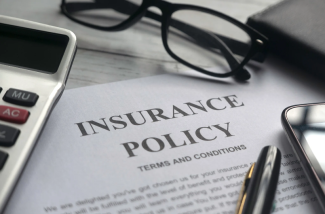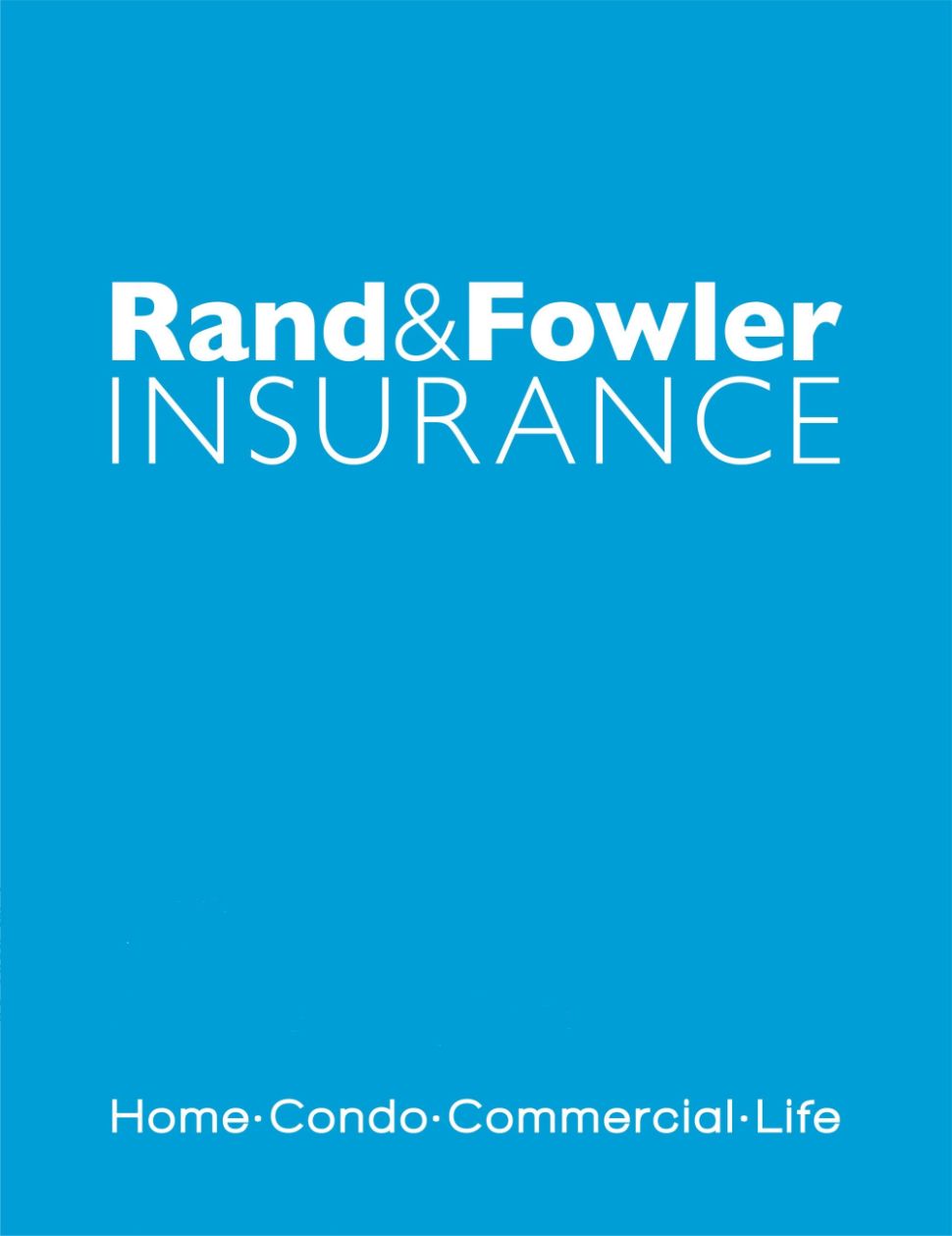
Stop Getting Confused: 20 Insurance Terms Made Simple
Insurance can feel like a secret language. Every time you read a policy, you stumble over words like “Actual Cash Value” or “endorsement,” wondering what it all means. The truth is, understanding the basics can save you money, time, and stress. Here’s a guide to 20 key insurance terms everyone should know, explained in plain, everyday language.
1. Premium
The money you pay for your insurance, usually every month or year. Think of it as your subscription to peace of mind.
2. Deductible
This is what you pay out of pocket before insurance kicks in. Higher deductible? Lower monthly payments, but you’ll pay more if something happens.
3. Coverage
Simply put, this is what your insurance protects you against. Fire? Theft? Liability? Make sure you know what’s covered, and what isn’t.
4. Claim
When something happens, like a car accident or a broken pipe, you file a claim. It’s your way of asking your insurance to help pay for the damage.
5. Liability
This is your legal responsibility if someone else is hurt or their property is damaged. Liability coverage keeps you from paying a huge bill if the worst happens.
6. Exclusion
Every policy has them—things that aren’t covered. Knowing the exclusions means fewer surprises when you need your insurance most.
7. Endorsement (or Rider)
Think of it as an add-on. Want extra coverage for your jewelry, electronics, or home upgrades? That’s what an endorsement does.
8. Underwriting
This is how insurers figure out how risky it is to cover you. Your home, car, business, or personal factors all play a role in determining your premiums.
9. Adjuster
The person who checks out your claim and decides how much the insurance will pay. Understanding their role helps you navigate the process smoothly.
10. Actual Cash Value (ACV) vs. Replacement Cost
ACV pays what the item is worth today, minus depreciation. Replacement Cost pays to replace it with a brand-new item of similar quality. Knowing the difference matters when you file a claim.
11. Policy Limit
This is the maximum amount your insurance will pay for a covered loss. Knowing your policy limits helps you avoid gaps in protection.
12. Risk
Anything that could cause a loss or damage, like fire, theft, or accidents. Insurers evaluate risk to decide your coverage and premium.
13. Subrogation
When your insurance company pays a claim and then seeks reimbursement from the party responsible for the damage. It’s their way of getting money back so you don’t have to.
14. Co-insurance
A clause where you share a percentage of the cost with your insurer. Common in nonstandard risks or commercial insurance, it affects how much you pay out-of-pocket.
15. Grace Period
The extra time your insurer gives you to pay your premium after the due date without losing coverage. Missing it can put your policy at risk.
16. Binder
A proof of insurance that shows coverage is in place until your full policy is issued. You can also use it to demonstrate to your lender or other parties that you’re insured
17. Quote
An estimate of how much your insurance will cost based on your information. Always compare quotes to make sure you’re getting the right coverage at the best price.
18. Renewal
The process of continuing your insurance policy for another term. Review your policy at renewal to make sure it still meets your needs.
19. Waiver
A provision where the insurer gives up a right to enforce certain policy conditions. This can sometimes help if you face unusual circumstances.
20. No-Fault Insurance
Common in auto insurance, this means your own insurer covers your losses regardless of who caused the accident. It simplifies claims.
Final Thoughts
Insurance doesn’t have to be intimidating. By understanding these basic terms, you can read your policy with confidence and make smarter decisions about your coverage.
Ready to make sure your policy actually fits your needs? Contact us today, we’ll help you understand exactly what you’re paying for.

